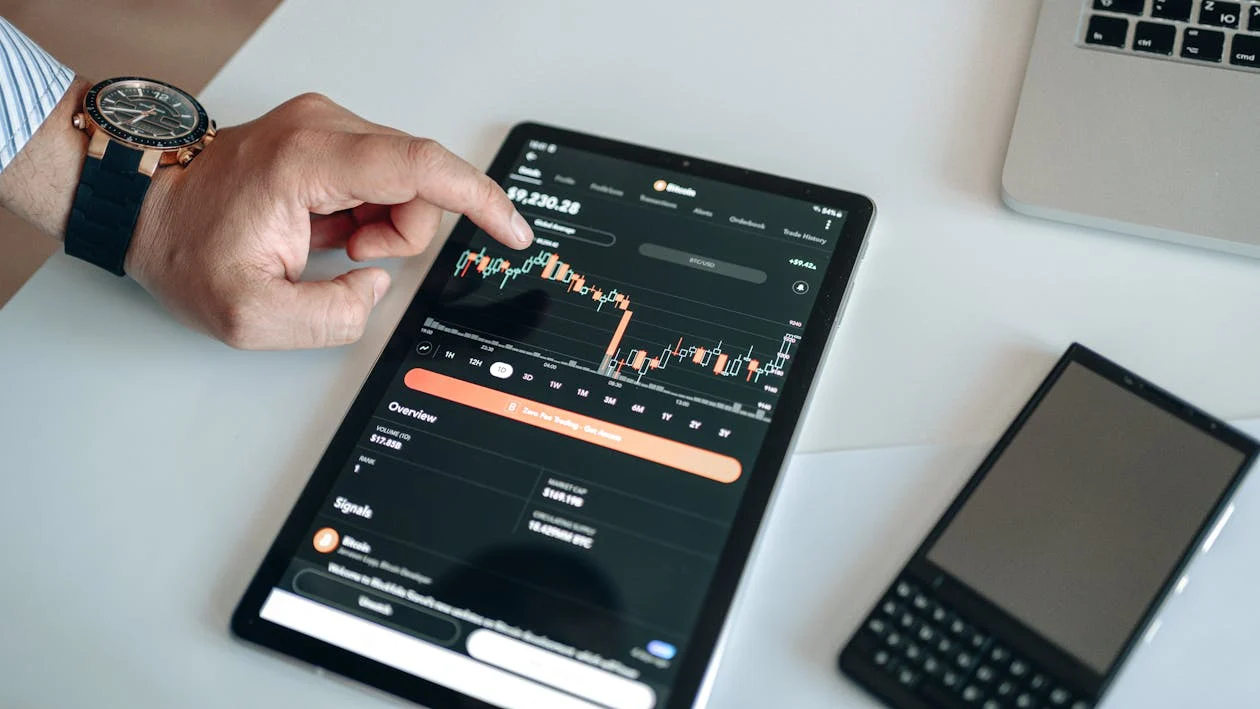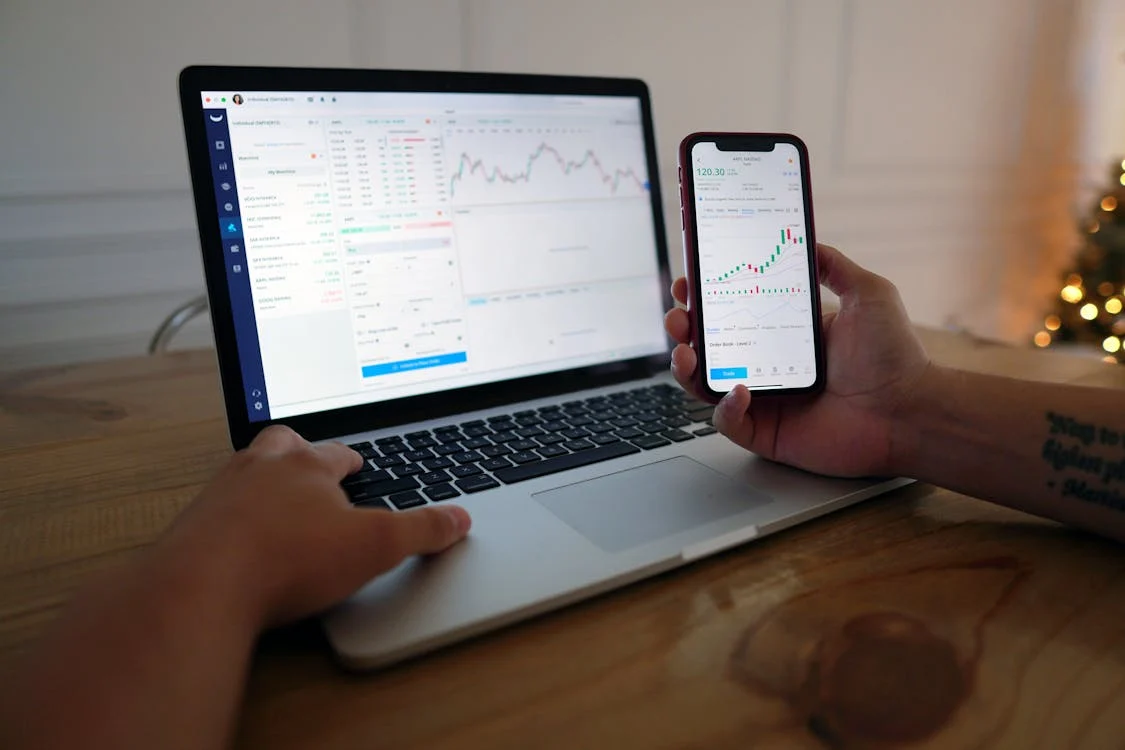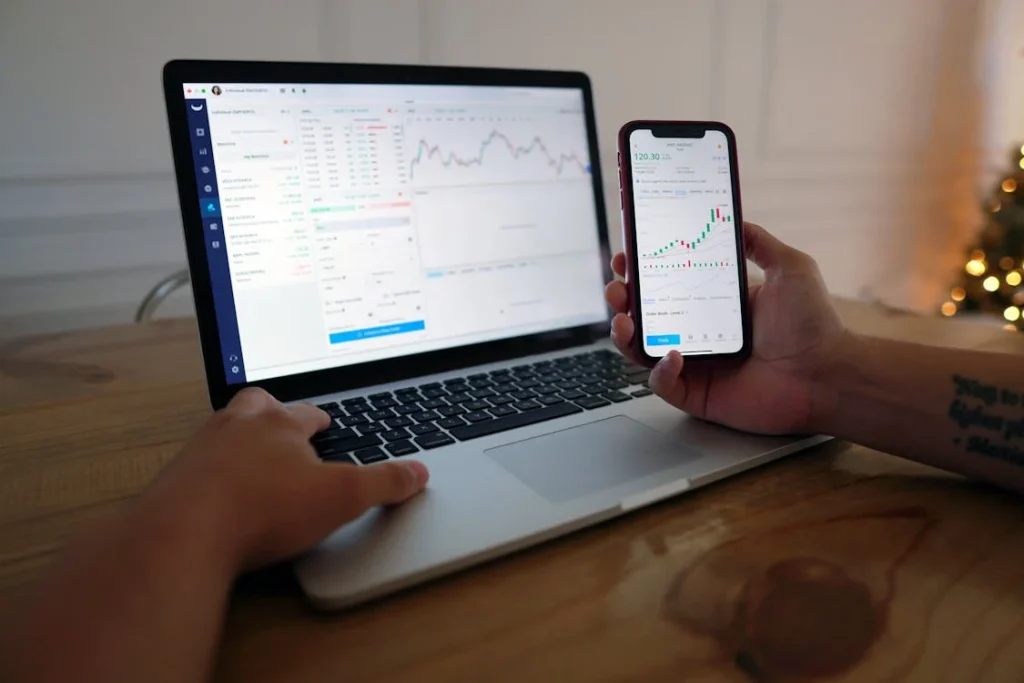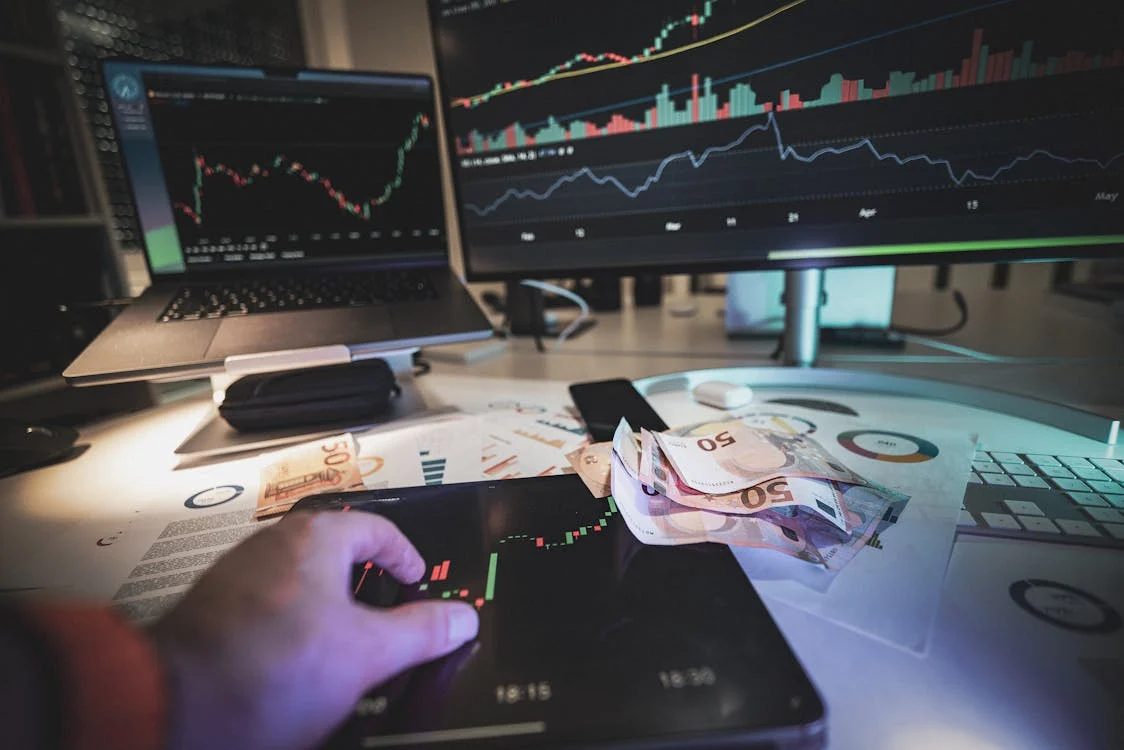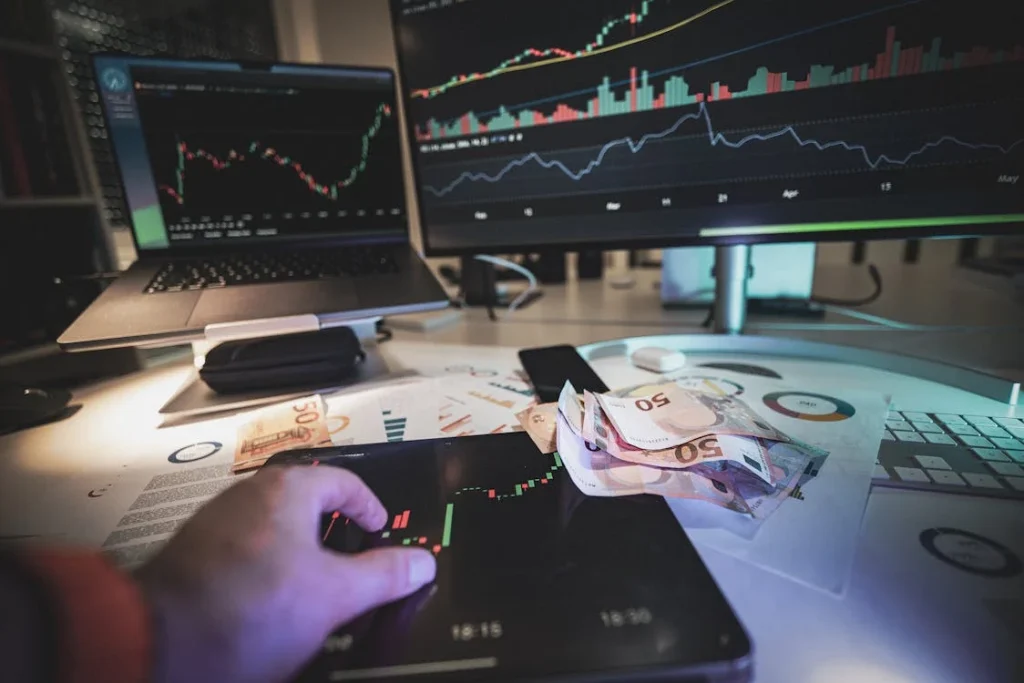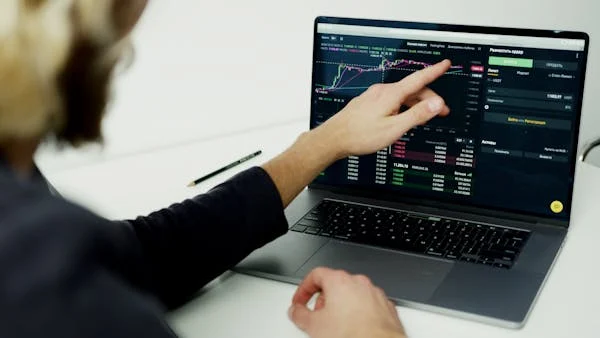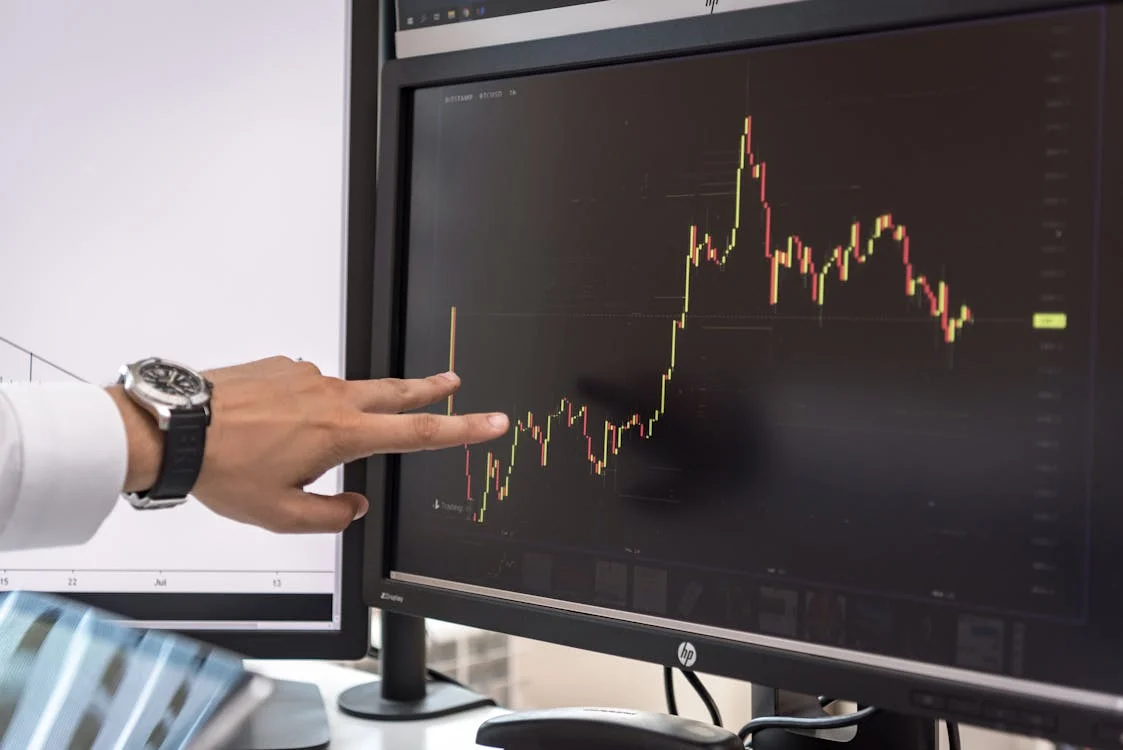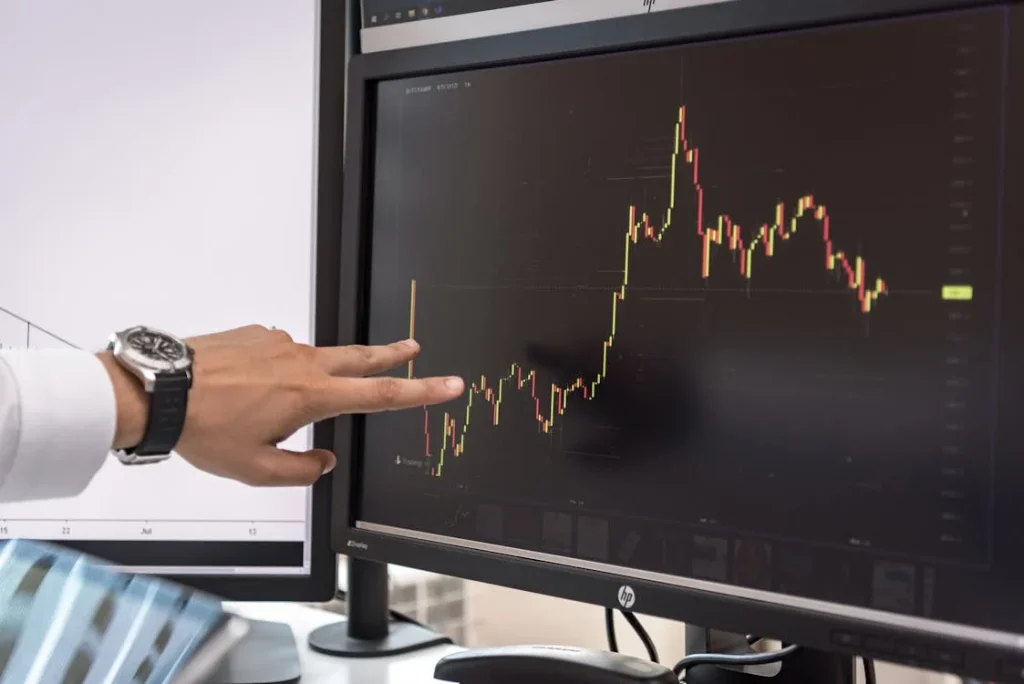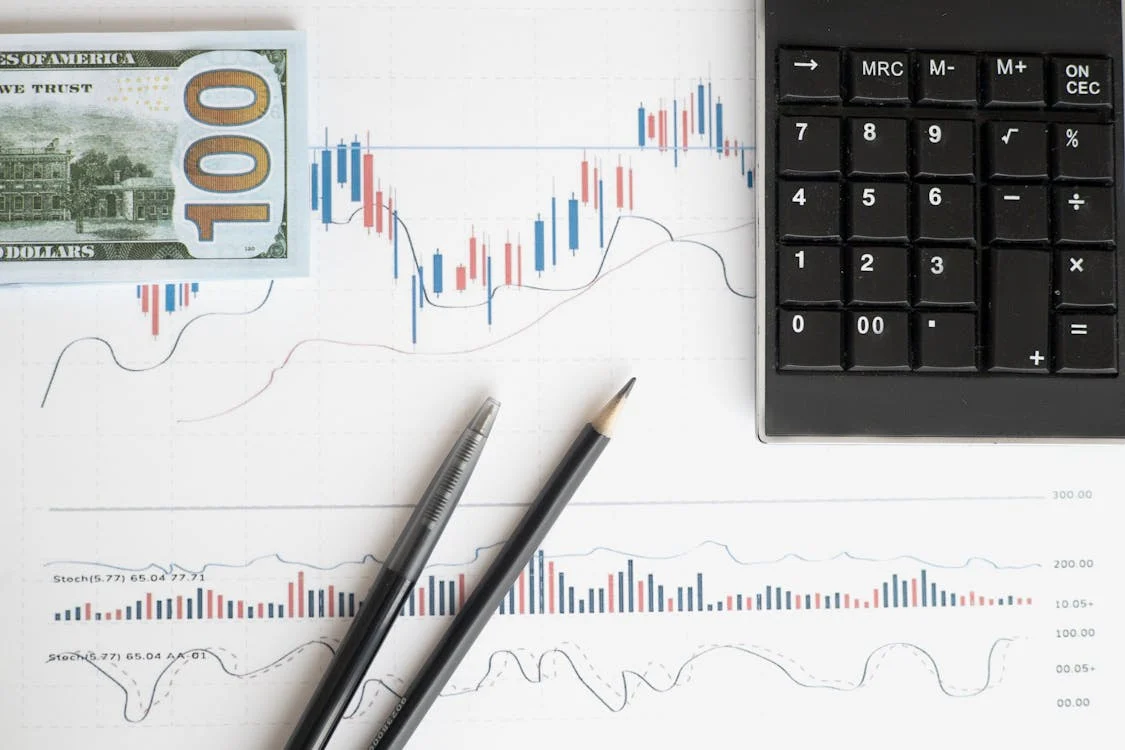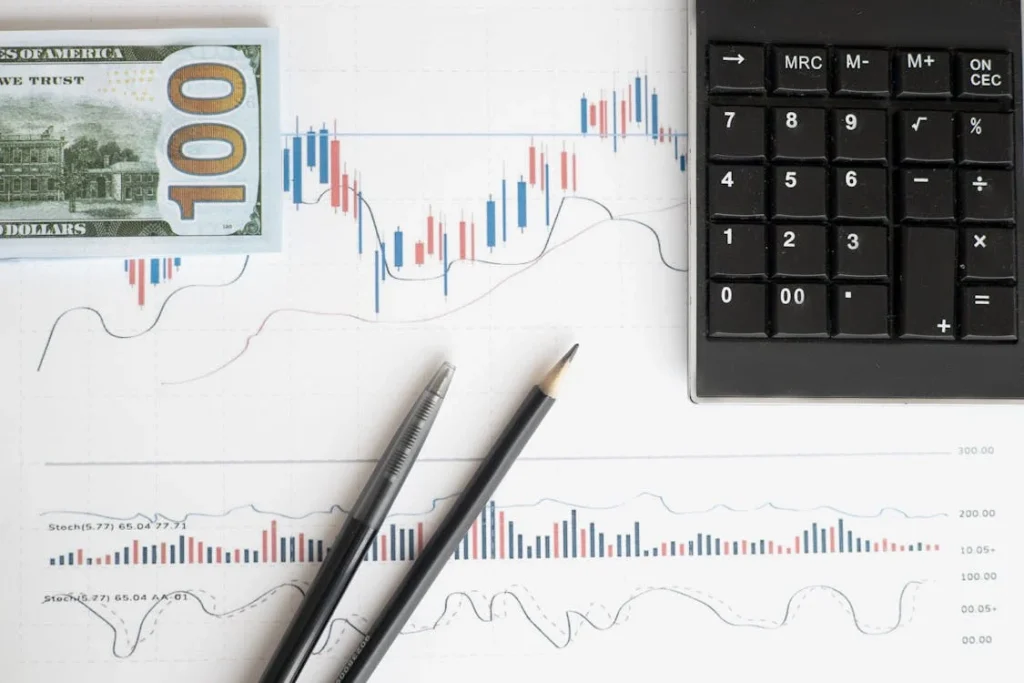Forex trading is a dynamic and volatile market, and traders use various strategies to profit from price movements. One of the most popular and exciting strategies is scalping. Scalping in Forex refers to making multiple trades in a short time, aiming to capture small price movements.
In this article, we will dive into what scalping is, how it works, and why it’s becoming a favorite strategy for many Forex traders. We’ll also explore some techniques and the best conditions for scalping, as well as its advantages and potential drawbacks.

What is Scalping in Forex?
Scalping is a strategy that involves making numerous quick trades throughout the day. These trades usually last for a few seconds to a few minutes. The goal of scalping is to capture small price movements that add up over time, accumulating significant profits with many trades.
Scalpers focus on highly liquid currency pairs, such as EUR/USD or GBP/USD, because these pairs offer the small price movements needed for this strategy. Unlike longer-term traders who may hold positions for hours or days, scalpers prefer to get in and out of the market quickly.
How Does Scalping Work?
Scalping in Forex is typically done with a very short time frame. Traders who use this strategy monitor charts in real-time to identify opportunities where price movements are small but frequent. The key idea is to execute quick trades based on minute price changes.
To successfully scalp, a trader must:
-
Use tight spreads: Narrow spreads ensure that traders can enter and exit positions quickly without significant slippage.
-
Utilize leverage: Since the profit per trade is small, leverage is often used to magnify gains.
-
Monitor multiple timeframes: Scalpers typically use 1-minute or 5-minute charts to spot quick opportunities.
For example, a scalper might enter a trade on the EUR/USD when they see a 5-pip movement in their favor and exit the trade once they’ve made a small profit of 5 to 10 pips. They then repeat the process several times throughout the day.
Advantages of Scalping
1. Quick Profits
The primary advantage of scalping is the ability to make fast profits. Since scalpers aim for small price movements, they can complete multiple trades in a single day, accumulating small profits that add up over time. This strategy allows for rapid returns, especially in volatile markets.
2. Less Exposure to Market Risk
Scalpers hold their positions for very short periods, often just a few minutes, which means they’re exposed to less market risk compared to longer-term traders. This reduced exposure to the market can be beneficial during times of high volatility when large price swings may occur.
3. Suitable for Volatile Markets
Scalping works best in markets with high volatility. The Forex market is known for its frequent price fluctuations, especially in the most liquid pairs. Scalpers can take advantage of these small fluctuations to generate consistent profits.
4. Low Capital Requirement
Because the goal of scalping is to capture small profits, traders don’t need a large capital base to be successful. The small profits made on each trade can accumulate into meaningful gains without requiring significant capital investment.
Challenges and Drawbacks of Scalping
1. High Transaction Costs
Since scalpers execute many trades in a day, transaction costs can quickly add up. Spread costs, commissions, and fees may eat into the profits made on each trade. It’s important for scalpers to choose brokers that offer tight spreads and low commissions to minimize these costs.
2. Requires Significant Time and Focus
Scalping demands constant attention and quick decision-making. Traders need to be glued to their screens and monitor the market continuously to identify trading opportunities. It can be an intense and time-consuming activity, which might not be suitable for those who prefer a more relaxed trading approach.
3. Leverage Risk
Scalpers often use high leverage to maximize profits from small price changes. While leverage can increase profits, it also amplifies losses. If the market moves against the trader, losses can quickly exceed profits, especially if high leverage is used.
4. Emotional Stress
The fast-paced nature of scalping can lead to emotional stress. The quick entry and exit decisions can create a psychological burden, especially during periods of market uncertainty. Traders need to maintain discipline and not let emotions cloud their judgment, which can be difficult in such a fast-moving environment.
Best Conditions for Scalping
Scalping requires certain market conditions to be effective. Here are a few key factors that make the market ideal for scalping:
1. High Liquidity
Scalpers prefer to trade currency pairs with high liquidity, such as EUR/USD, GBP/USD, and USD/JPY. High liquidity ensures tight spreads and low slippage, both of which are essential for executing quick trades with minimal cost.
2. Low Volatility
While scalping works well in volatile markets, extremely high volatility can increase the risk of unpredictable price movements, making scalping less effective. The ideal market for scalping is one with moderate volatility, where price movements are frequent but not erratic.
3. Low Spread
The spread is the difference between the bid price and ask price. In scalping, where small price movements are targeted, low spreads are essential for profitability. Scalpers should trade with brokers who offer tight spreads to reduce transaction costs.
Tools and Indicators for Scalping
While scalping doesn’t require complex strategies, there are several tools and indicators that can help traders identify profitable opportunities. Some of the most common tools used by scalpers include:
1. Moving Averages
Moving averages, particularly short-term ones like the 5-period and 20-period moving averages, can help identify trends and potential reversals. Scalpers often use these indicators to determine the direction of the market and enter trades accordingly.
2. RSI (Relative Strength Index)
The RSI is a momentum oscillator that helps identify overbought or oversold conditions. Scalpers use RSI to spot potential reversals and find entry points when the market is either overbought or oversold.
3. Bollinger Bands
Bollinger Bands can be useful for scalpers to spot periods of consolidation and volatility. When the price moves outside the bands, it can indicate a potential breakout or reversal, giving scalpers an opportunity to enter or exit trades.
4. MACD (Moving Average Convergence Divergence)
The MACD is another momentum indicator that helps scalpers spot potential trend changes. By looking at MACD crossovers and divergence from price action, traders can identify short-term entry points for scalping.



